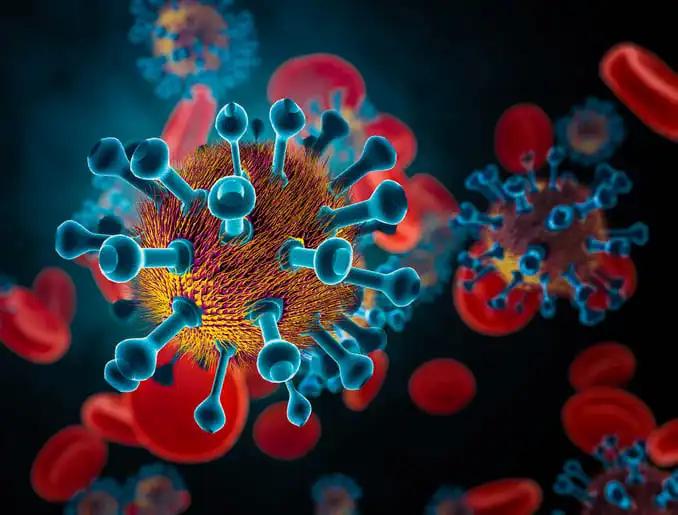KEY TAKEAWAYS
- The phase II trial aimed to evaluate the safety and efficacy of luspatercept in treating MF-related anemia.
- The result demonstrated that the luspatercept was safe and effective in improving anemia and reducing transfusion burden in MF patients.
Researchers aimed to evaluate the safety and efficacy of luspatercept in treating myelofibrosis(MF)-related anemia.
The study included 4 patient cohorts categorized based on transfusion dependence (TD; receiving 4–12 red blood cell [RBC] units/84 days up to cycle 1 day 1) and stable ruxolitinib treatment.
Cohorts were Cohort 1 – no TD, no ruxolitinib; Cohort 2 – TD, no ruxolitinib; Cohort 3A – no TD, ruxolitinib; Cohort 3B – TD, ruxolitinib. Patients were administered luspatercept at 1.0mg/kg subcutaneously with titration up to 1.75mg/kg in 21-day cycles.
Response assessment occurred on day 169, and treatment was extended for patients demonstrating clinical benefit. Follow-up extended for ≥3 years post-last dose.
The primary endpoint was anemia response(84 consecutive days: ≥1.5g/dL hemoglobin increase from baseline without transfusion [cohorts 1/3A] or RBC transfusion-free [cohorts2/3B]).
In the intention-to-treat group (n=95), 54.7% had primary myelofibrosis, 75.8% had intermediate-risk 2 diseases, and 74.7% had >2 years since the initial diagnosis, with a median age of 71.0 years.
The median prior ruxolitinib therapy was 18.1 months (cohorts 3A/3B), and 84.7% had a baseline transfusion burden of 6–12 units/84 days (cohorts 2/3B). The mean duration of luspatercept treatment was 42.8 weeks.
The most common reason for treatment discontinuation was lack of clinical benefit at day 169 (n=28). The anemia response rate during the primary treatment period was as follows: cohort 1: 13.6% (95% CI, 2.9–34.9); 2: 9.5% (95% CI, 1.2–30.4); 3A: 14.3% (95% CI, 1.8–42.8); 3B: 26.3% (95% CI, 13.4–43.1).
In cohorts 2 and 3B, 47.6% and 50.0% of patients achieved ≥50% reduction in transfusion burden. Cohorts 1 and 3A showed 27.3% and 50.0%, respectively, achieving a mean hemoglobin increase of≥1.5g/dL from baseline throughout the treatment period.
Overall, 47.4% of patients experienced ≥1 treatment-related adverse event (TRAE), with hypertension being the most frequent (17.9%; 5.3% grade ≥3). Serious TRAEs occurred in 3.2% (one led to luspatercept discontinuation). About 2 patients had transformation to acute myeloid leukemia(AML), and 9 patients died, with no deaths related to the study drug.
The result demonstrated that the luspatercept was safe and effective in improving anemia and reducing transfusion burden in MF patients.
Source: https://clml-soho2023.elsevierdigitaledition.com/392/index.html
Clinical Trial: https://www.clinicaltrials.gov/study/NCT03194542
Gerds AT, Harrison C, Kiladjian JJ, Mesa R, Vannucchi AM, Komrokji R, Bose P, Kremyanskaya M, Mead AJ, Gotlib J, Sanabria F, Marsousi N, Giuseppi AC, Jiang H, Palmer JM, McCaul K, Ribrag V, Passamonti F. Safety and Efficacy of Luspatercept for the Treatment of Anemia in Patients With Myelofibrosis: Results From the ACE‑536‑MF‑001 Study.



